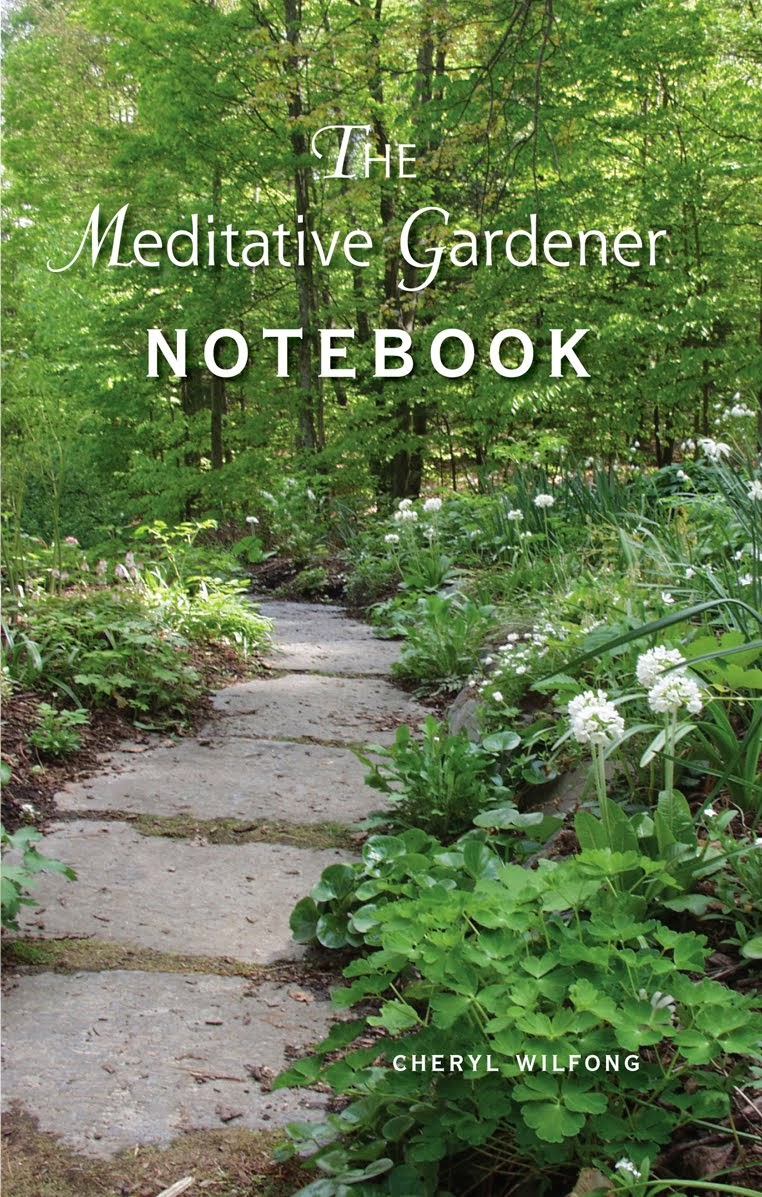Andrew, an enterprising young man, is planting ginseng in my woods. Most of my 10 acres is a dry pine and beech woods, but as it slopes downhill toward a tiny, seasonal stream, there are more wildflowers. Blue cohosh and trout lilies indicate what is called a "rich" soil--a soil with natural calcium.
Several years ago, a hemlock blew down in a storm, taking its entire root ball with it. When i looked, i saw exposed rock that had not seen daylight since the glacial age, 10,000 years ago. That exposed rock is called brownstone around here. It's a punky, porous rock that will grow moss if exposed. This brown, porous rock is an impure limestone, and there's a band of it running the length of Vermont. The Connecticut River, which divides Vermont and New Hampshire, was once-upon-a-time the proto-Atlantic Ocean, called the Iapetus Ocean. This band of impure limestone--shells plus mud--was the beach of that ancient ocean.
I own beachfront property! Even though i'm 3 hours from the ocean.
Talk about impermanence. An ocean that used to be right here disappeared when New Hampshire (originally from Patagonia) collided with the proto-North American continent.
Ginseng probably grew wild in these woods before it was cleared for farming in the 1700s. Here, then gone. Impermanence. And now here again.
Ginseng, and many other wildflowers, grow in this rich soil. I love the idea of planting wildflowers and am happy to support Andrew in his statewide venture.
Subscribe to:
Post Comments (Atom)





















No comments:
Post a Comment